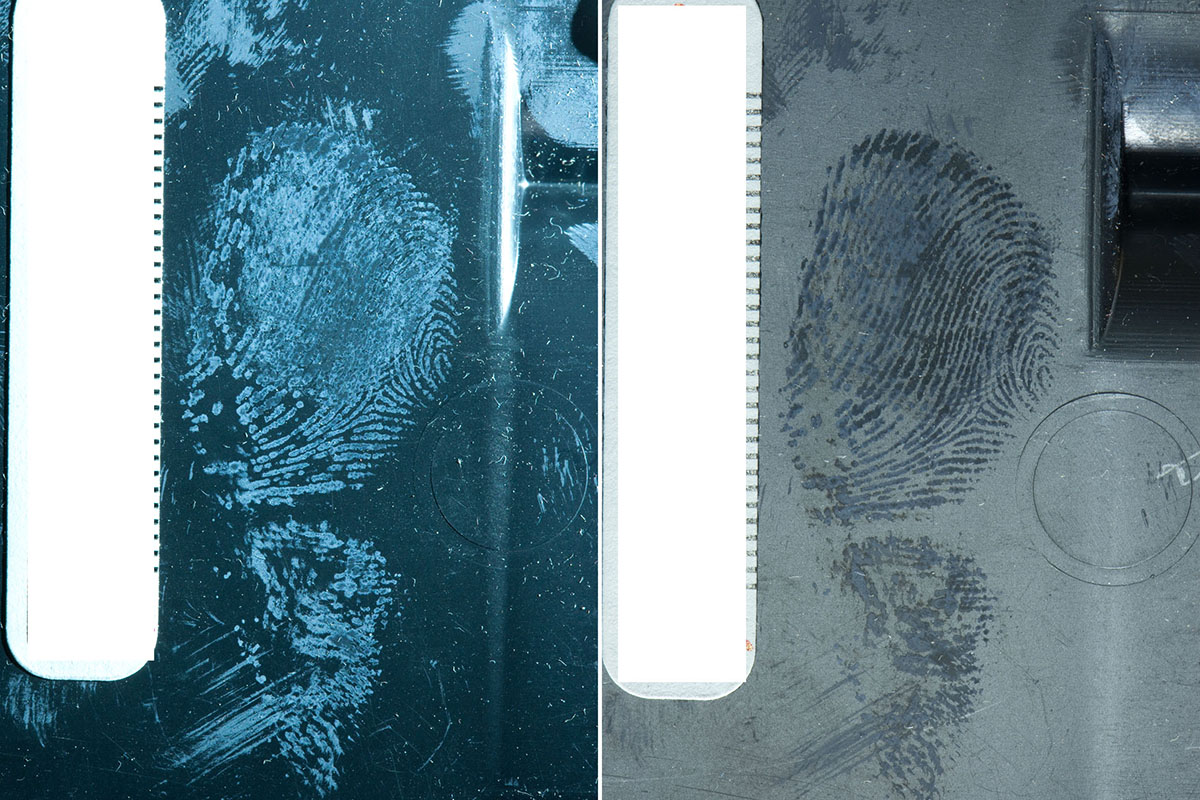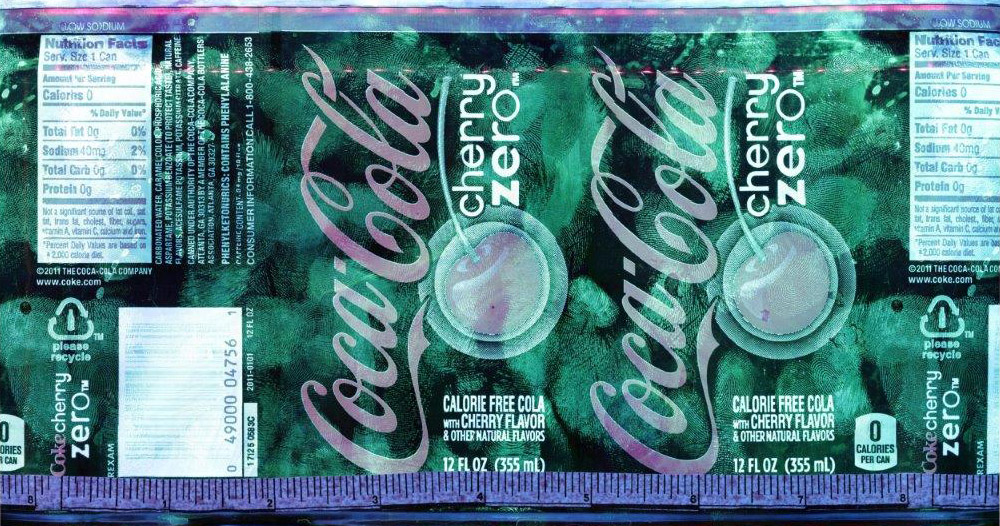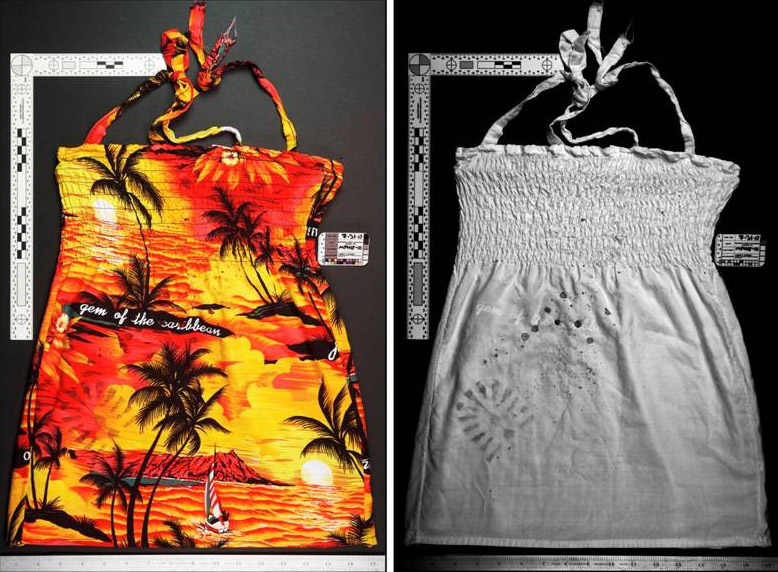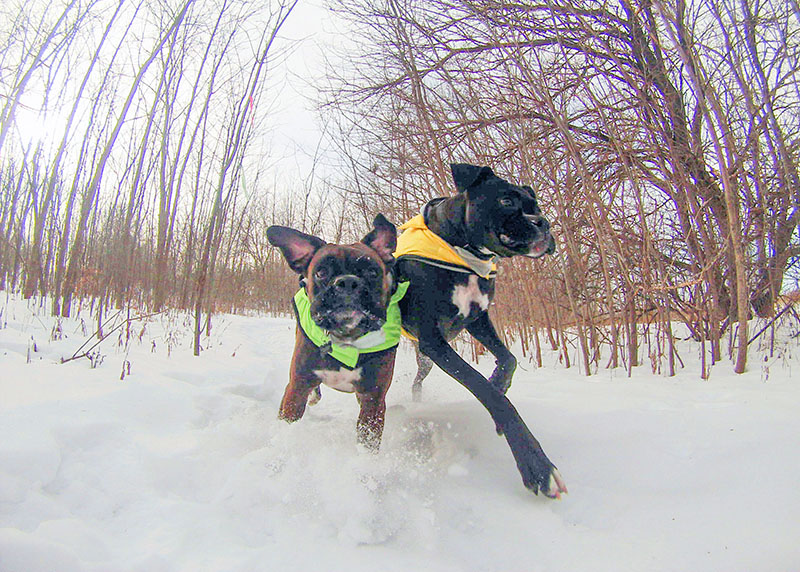Member Profile: Aaron Matson
What is or was your primary line of work?
I am a forensic imaging specialist with the Wisconsin Department of Justice/State Crime Lab since 2001. I capture, examine and clarify a variety of photographic and video related evidence.
What got you inspired to be a photographer/illustrator? Tell us about your career path.
It actually started with a 35mm film class in high school. I loved the complete control of an image, from concept, to capture, to the processing of the film, to the printing in the darkroom. I then went on to a get an associate’s degree in photography which took me down the path of advertising, pre-press and marketing. I wasn’t thrilled doing that type of work and one day I came across a job posting for a position where the job description seemed to fit me. The Crime Lab was looking for someone with 4x5 film experience, processing, printing and use of editing programs like Photoshop. I had never considered forensics as a line of work, but it sounded fascinating (before the days of CSI) and it turned out to be a rewarding career!
Describe your typical workday?
Each day seems to vary a lot. I am the technical lead of my unit, so some days are dedicated to policy writing or adjusting policy’s and supporting others in my unit assisting or reviewing their casework. Other days I may be instructing in a class or testifying in court to aspects of my job or about a case. The days I cherish most are the days I’m behind my camera or computer finding different ways to capture images of challenging evidence or clarify images from videos in a way that provide useful details in an investigation.
What is most rewarding about your work?
I think the most rewarding part of my job is when I am able to do more with an image or video than was expected. Often times we humans take what we see as being it. I enjoy through different wavelengths of light, lighting techniques and computer software options, proving there can be so much more than meets the eye!
Where do you find creative inspiration when work begins to feel routine? What motivates you to continue in your line of work?
I’m often inspired and motivated when networking or collaborating with others that like to think outside of the box. Like putting together a puzzle, I enjoy finding a solution to various problems or challenges. I always learn something new, no matter if I’m working with someone who is new to this line of work, or been at it for years.
Do you have any tips or special techniques for connecting with your subject?
Walk away. I know that sounds strange, but for me, it can become all too easy to “have the blinders on” or get tunnel vision when working with various types of evidence. Sometimes the best thing to do is take a break (when that’s an option), and walk away for a spell to focus on something else. More often than not, when I return to the challenge, I have an broadened set of ideas to try.
What technology/software/gear do you use?
For capture my daily driver is a Canon 5DS R (holding out that their mirrorless equivalent comes out soon), for larger items I use a Hasselblad H6D-100C and at times I still use a BetterLight 8K Scanning back in our 4x5 view camera. We have recently gotten into 3D scanning and I use an Artec Space Spider for those requests.
For lighting I could go on forever with the different light sources I use, but recently my favorite light is a Crime-lite 82L, which is an oblique light source intended for detecting surface debris and shoe prints. I have created a polarizing filter for it and use it for cross polarization purposes on all different types of evidence.
For software I’m routinely using Adobe Photoshop for most still imagery and Amped FIVE or Adobe Premiere for video related evidence. When time allows, I love learning about “new-to-me” programs and trying a variety of different things out. I’ve recently been exploring some photogrammetry and 3D rendering programs.
Do you have special interests outside of work? Do you do photography outside of work?
I don’t do as much photography outside of work as I would like to, though I recently did my daughters senior photos, I realized then that I’m not used to my subjects talking back when I take photos. Outside of that, I have recently have gotten into drone photography as a hobby. I think we are all intrigued to some degree of an arial perspective of the things around us. It amazes me to think that humans didn’t have this perspective on our world until somewhat recently in our timeline, so I am very much drawn to that. And simply put, drones are just fun to fly around when given the chance.
Do you have any advice for photographers/illustrators interested in a career in biomedical/life sciences photography?
Work smarter, not harder, but avoid shortcuts that effect the final result. Treat every photograph you take (or job you do) like you will have to testify to it someday, you never know when it will resurface, and you will wish then that you took the proper time and steps.
Please include any awards you have received or other items of interest.
I am also an active member of Scientific Working Group on Digital Evidence (SWGDE) and Organization of Scientific Area Committees for Forensic Science (OSAC) photography groups.
Lastly, pictures always tell a story. Please include some examples of your favourite images and tell us a little bit about them.
The majority are case-related or active and I’m unable to share those but here are some of my favorites that I can share.
 I really like these two images as it is a great example of how a simple change in a lighting technique can make a big difference. The image on the left was captured with traditional copy stand lighting, the image on the right was captured with co-axial lighting.
I really like these two images as it is a great example of how a simple change in a lighting technique can make a big difference. The image on the left was captured with traditional copy stand lighting, the image on the right was captured with co-axial lighting.
 This image shows both footwear impressions, and toe impressions on a computer monitor. Cross polarized light was used to drop out the RGB diodes that appeared throughout the image.
This image shows both footwear impressions, and toe impressions on a computer monitor. Cross polarized light was used to drop out the RGB diodes that appeared throughout the image.

This image is a result of some experiments I have been working on lately on a variety of cylindrical items, to “unwrap” the item. The soda can was processed with Ardrox and a series of images were taken of the item and then aligned in post processing software.
 I like this photo as it does a great job of showing what we see, vs what can be seen in Infrared.
I like this photo as it does a great job of showing what we see, vs what can be seen in Infrared.
 On a non forensic related image. This is a candid photograph of my two high energy boxers who always seem to know when I want to take their photo and usually run the other way but on this day I attached my GoPro to my walking stick so they were none the wiser.
On a non forensic related image. This is a candid photograph of my two high energy boxers who always seem to know when I want to take their photo and usually run the other way but on this day I attached my GoPro to my walking stick so they were none the wiser.
